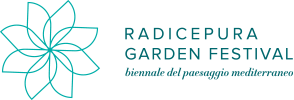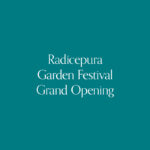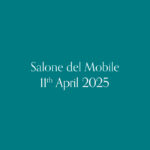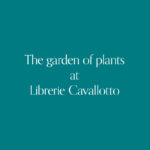Nostos is the return to nature. Allowing the vegetal revolution to colonize anthropized spaces. Nature’s revenge on man. A new aesthetic of the garden blooms, no longer ‘picturesque’ but free from rigid control.
A garden of the future in which new, spontaneous, and resilient forms must be observed and nurtured. Man guards it and practices good methods to foster the arrival of an autonomous ecosystem. The plants and colors change: the garden is not necessarily green and idyllic but embraces yellow, as even when the plants are dry, they become an element of attraction, contributing to redefining the sense of beauty.
The path, on a jagged and geometric paved surface, weaves between plants that seem to emerge from the cracks of anthropic elements. The square and rigid forms, which initially welcomed natural elements, invert in a gradual metamorphosis, thereby characterizing the geometries of the artificial elements, which appear immersed in a single green matrix. Vegetation infiltrates ever-densifying green textures, originating an ascending climax of herbaceous, shrub, and tree plants.
In this final environment, dominated by an oak, tree and seed meet in an antinomy that accentuates their ancestral relationship. The seed tells us of waiting. It is mystery, it is curiosity. Planting a seed is an active gesture to take root, to spread, to share, a ritual act, to write the future, looking to future generations, which the visitor can enact by collecting a seed and taking it with them.
The visitor traverses and experiences a journey of rediscovery of their relationship with nature in three stages, progressively canceling out the anthropic. As if in a wild place, they are accompanied by a sense of mystery and discovery. Nature seems to prevail, creating a tangle. At the end of the path, the visitor no longer recognizes tangible signs of man. The sinuosity of the shapes and the harmony of this unique vegetal entity provoke reflection and intimate introspection.
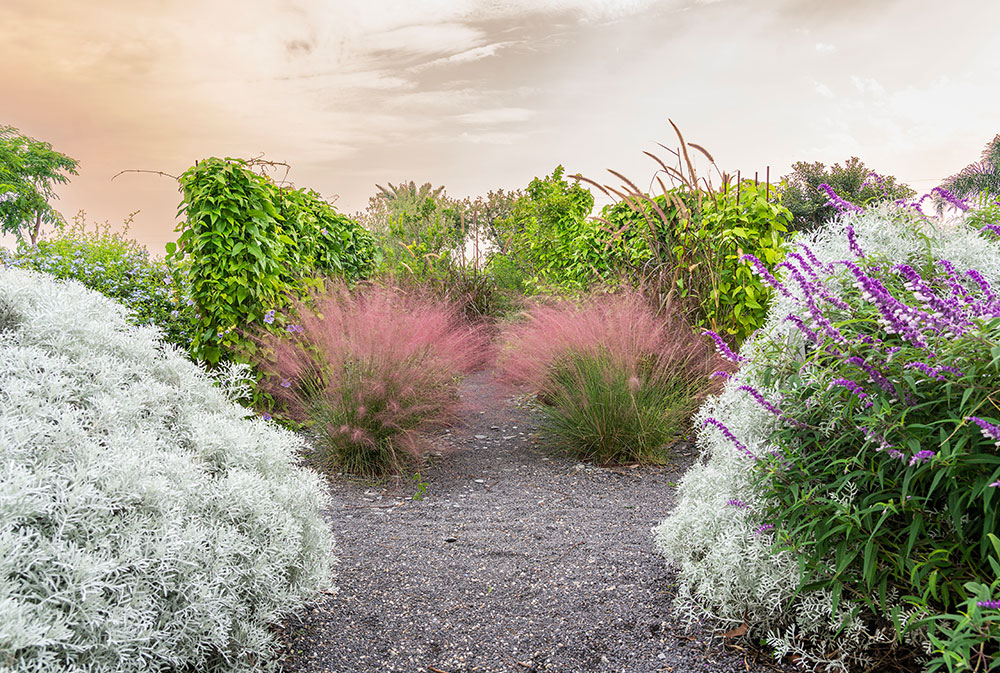
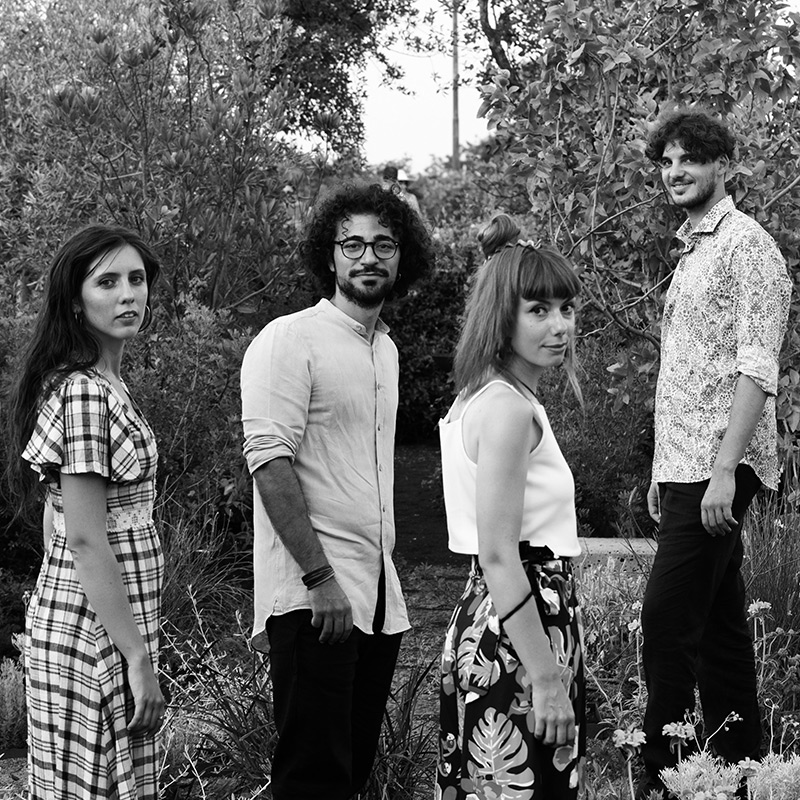
The team (Andrea Bartolini, Annunziata Centonze, Lia Maggioli, Dario Trovato) is born from a shared interest in nature, with particular attention to its wild forms. Their diverse geographical and educational backgrounds create codes, symbols, and languages that make their perspectives, approaches, and skills heterogeneous and interdisciplinary, with a focus on practices that protect and preserve the plant world.

